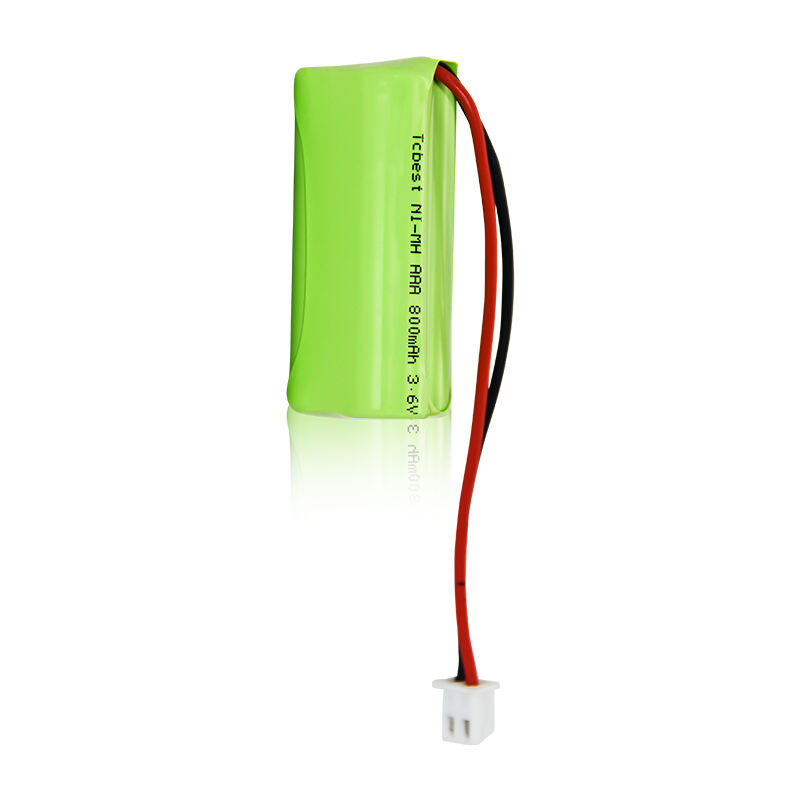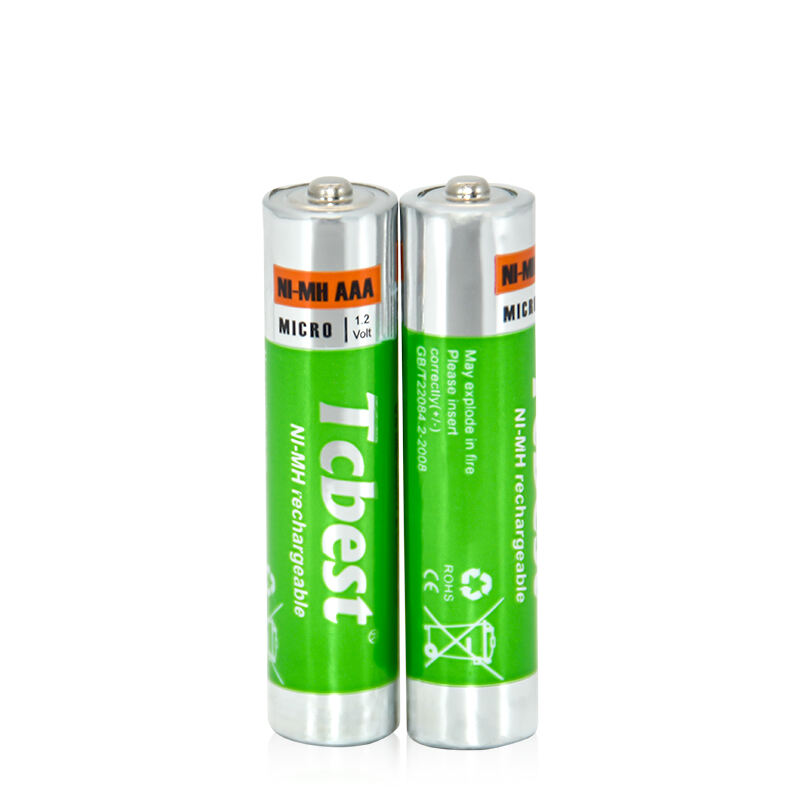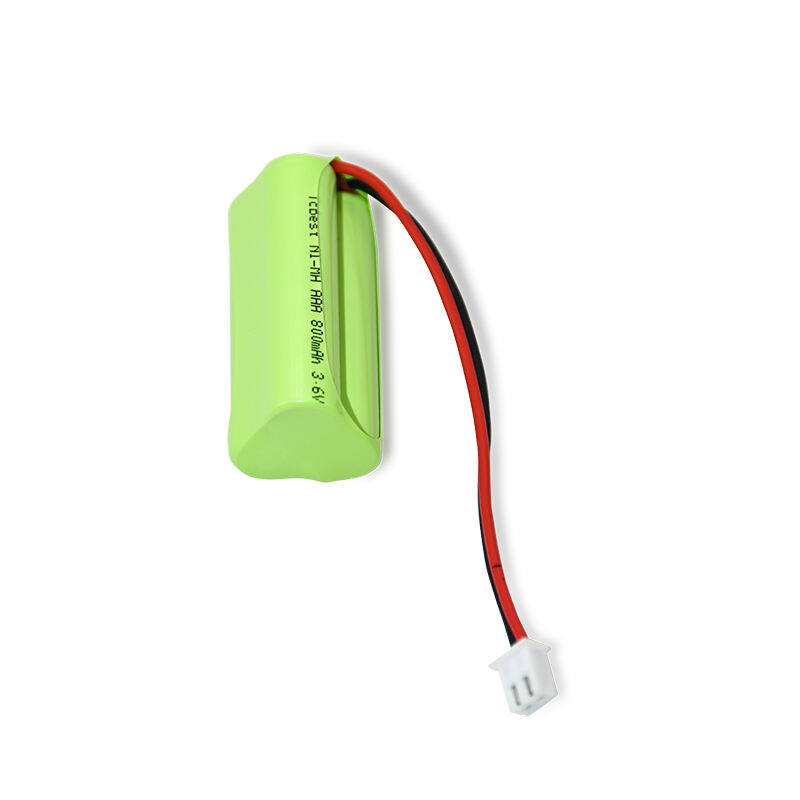nickel metal hydride battery 1.2 v
The nickel metal hydride battery (NiMH) 1.2 V represents a sophisticated rechargeable power solution that has revolutionized portable energy storage. This battery technology combines a positive electrode made of nickel oxyhydroxide with a negative electrode composed of a hydrogen absorbing alloy. Operating at a nominal voltage of 1.2 volts, these batteries deliver consistent power output throughout their discharge cycle. The NiMH 1.2 V battery features a high energy density, typically ranging from 60 to 120 Wh/kg, making it suitable for demanding applications. Its robust design allows for hundreds of charge-discharge cycles while maintaining reliable performance. The battery's chemical composition enables it to operate effectively across a wide temperature range, typically from -20°C to 60°C. Common applications include consumer electronics, digital cameras, remote controls, and various portable devices. The battery's ability to hold charge for extended periods, coupled with its resistance to memory effect, makes it an ideal choice for intermittent use scenarios. Additionally, the environmental impact is relatively lower compared to other battery technologies, as NiMH batteries contain no toxic heavy metals like cadmium.


